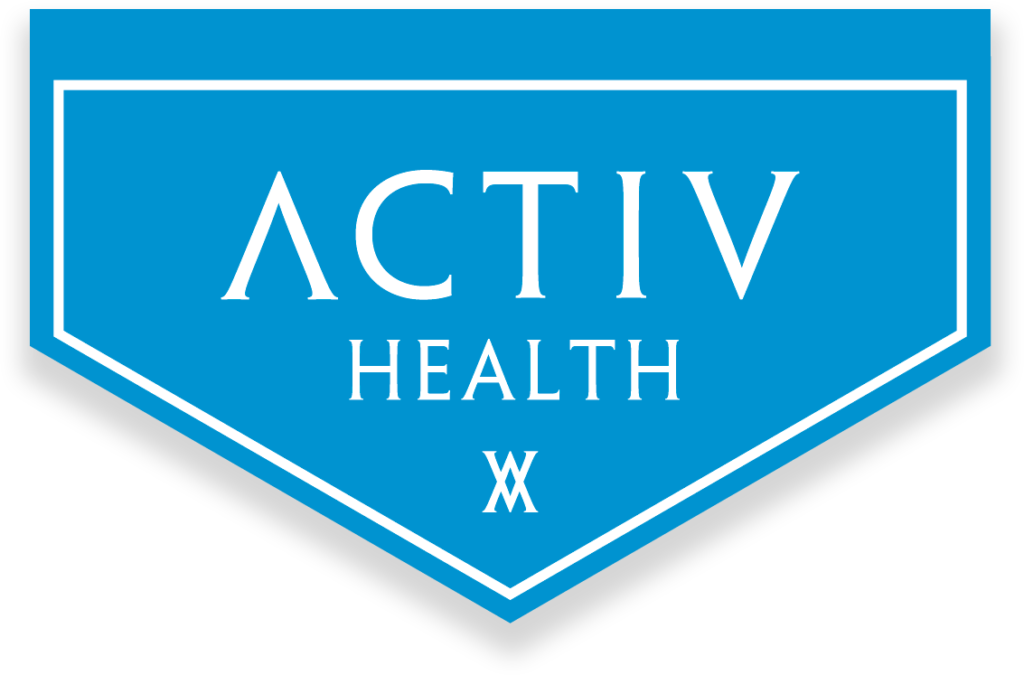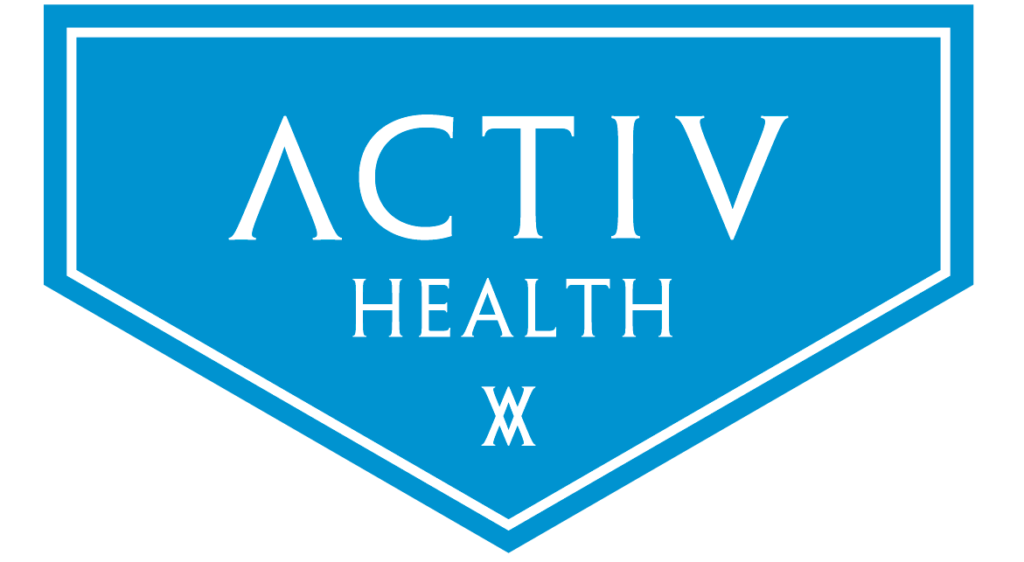Topics: DHA intake and childhood obesity. Omega-3 fatty acids, docosahexaenoic acid (DHA), eicosapentaenoic acid (EPA), long chain polyunsaturated fatty acids (LC-PUFAs), pregnancy, obesity
Objective: To determine the impact of maternal DHA intake during pregnancy on obesity in their offspring.
Background: Exposure to different types of polyunsaturated fatty acids in early life may influence adiposity development later in life. Low intake of omega-3 fatty acids in addition to the presence of a large amount of omega-6s has been suggested to be a risk factor in the development of obesity. In addition, blood leptin, which is a biomarker directly related to adiposity has been found to be lower is animals fed high omega-3 diets relative to omega-6. Such imbalances promote the development of fat tissue.
Method: The Project Viva cohort of mother-child pairs, a prospective observational study in Massachusetts, was used to determine mid-pregnancy maternal fatty acid intake (n=1120), maternal plasma LC-PUFA concentration (n=227) and umbilical cord plasma LC-PUFA concentration (n=302). At age 3 years, infants born to these mothers were assessed for adiposity using the sum of subscapular and tricep skinfold thinknesses (SS+TR)) and their risk of obesity defined as body mass index >/= 95th percentile. In addition, blood leptin concentration was measured. The odds for obesity in the offspring at age 3 were correlated with the mother’s omega-3 fatty acid intake and the omega-3 and omega-6 fatty acid concentration in cord blood at delivery.
Findings: About one fifth of expectant mothers ate more than 2 fish meals per week at mid-pregnancy, however only about half of these women achieved the recommended intake of 200 mg of DHA per day. Only 3% of the women consumed 200 mg/day DHA during the last month of pregnancy – the time when the largest amount of DHA is being transferred from the mother to the fetus. Nine percent of the children were obese at age 3 years. There was an association between each standard deviation in DHA+EPA and lower child SS+TR [-0.31 mm (95% CI:-0.58, -0.04) for maternal diet and -0.91 mm (95% CI: -1.63, -0.20 mm) for cord plasma] and lower odds of obesity [odds ratio (95% CI):0.68 (0.50, 0.92) for maternal diet and 0.09 (0.02, 0.52) for cord plasma]. Odds of obesity were 2-4 times higher when cord blood had a high ratio of omega-6 to omega-3 fatty acids. The odds of obesity were 32% lower when maternal consumption of omega-3 was high or if the ratio of omega-3 to omega-6 was at close to recommended levels. Higher maternal intake and cord plasma concentrations of total omega-6 were generally not significantly associated with adiposity outcomes. Thus, the association of a higher omega-6: omega-3 ratio with greater adiposity probably reflects the effects of a lower omega-3 status rather than of a higher omega -6 status.
Leptin concentration was directly correlated with SS+TR and maternal mid-pregnancy omega-3 intake was inversely associated with child leptin concentration.
Conclusion: DHA intake and childhood obesity – Enhanced maternal-fetal omega-3 PUFA status is associated with lower childhood adiposity.
Relevance to Efanatal, Efalex Mother & Baby
Reference: Donahue SM, Rifas-Shiman SL, Gold DR, Jouni ZE, Gillman MW, Oken E. Prenatal fatty acid status and child adiposity at age 3 y: results from a US pregnancy cohort.Am J Clin Nutr. 2011 Apr;93(4):780-8. Epub 2011 Feb 10.
Click Here for more useful Blog Post.
Click Here for products Research Papers.




